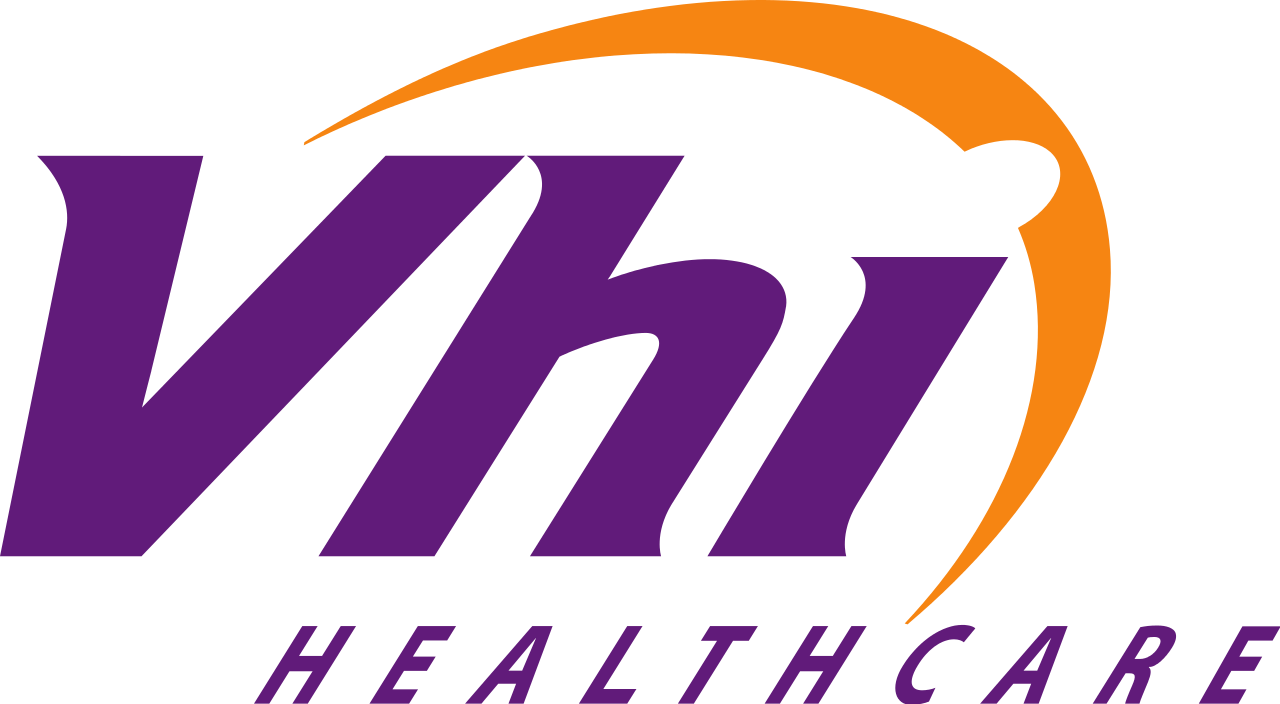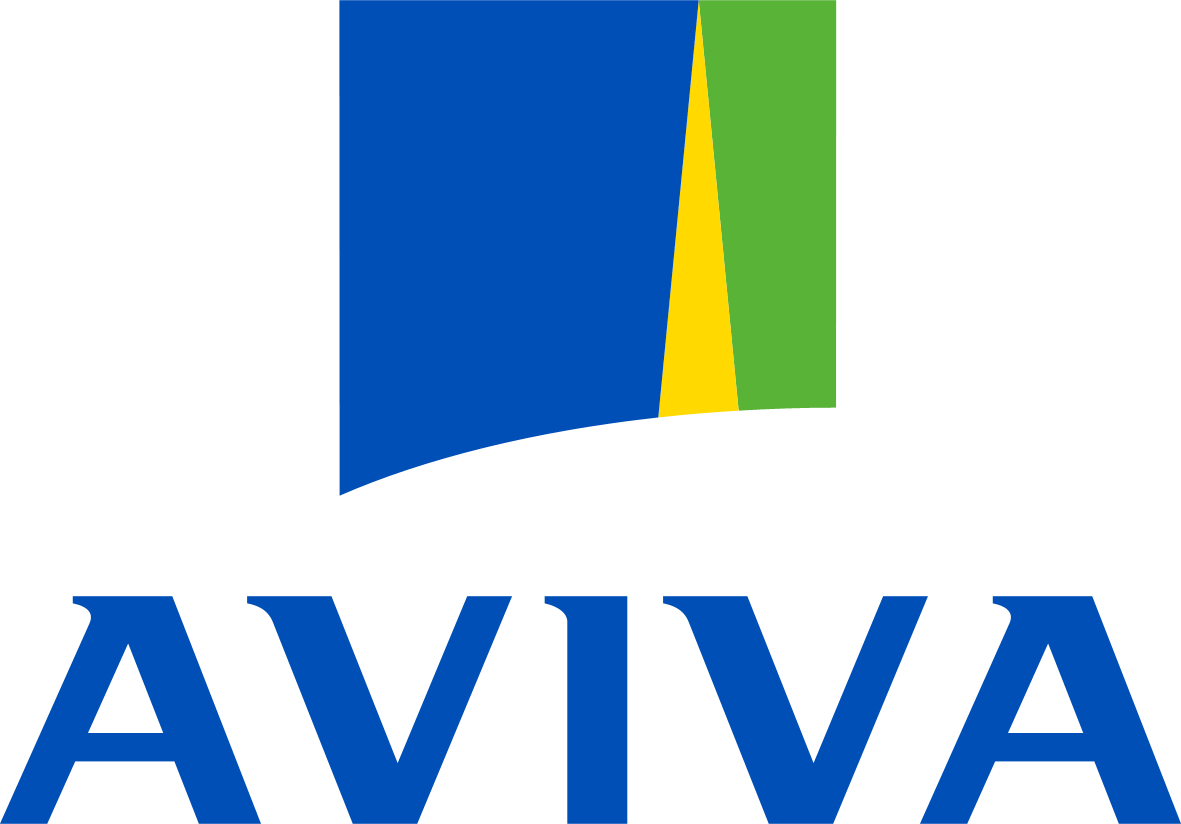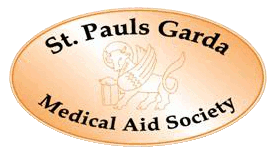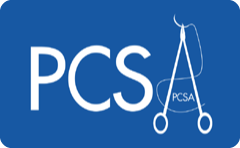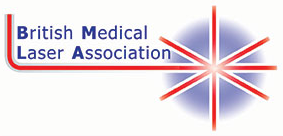 Download this information as a PDF
Download this information as a PDF
Is there a cure?
There is no known cure for atopic dermatitis (also known as atopic eczema). As a large part of the tendency towards eczema is genetic, there is unlikely to be a cure anytime in the foreseeable future. There is, however, ongoing research and very effective treatments.
Several treatments are available that will control the eczema so the skin looks and feels normal.
- The treatment chosen by the patient and doctor depends on the pattern, severity and duration of eczema.
- The trigger factors for eczema should be avoided as much as possible. This does not involve an exhaustive search for allergies as these only play a small role in most people.
- In general topical treatments are used first as they are effective for most patients if used correctly and have the fewest side effects.
- If the eczema has failed to respond to topical treatments or is too severe for topical treatment alone, ultraviolet light (phototherapy) may be helpful. Phototherapy is not suitable for everyone due to practical difficulties (such as travel or immobility) or photosensitivity.
- Oral medications may be offered to those with severe or treatment-resistant eczema. Although these are usually effective, they have side effects and risks that make them unsuitable as first line treatment.
Topical treatments
Most people with eczema use topical treatments (lotions, creams and ointments). When the surface of skin is inflamed, cracked or raw, many of these sting or burn when first applied. This irritation will lessen as the eczema improves. It is worth persevering for at least a few days. If the stinging persists beyond this or causes welts or the eczema gets worse, stop the treatment and consult your doctor.
Emollients
Emollients provide moisture to the skin and help prevent further water loss. Emollients are a very important part of eczema management, even (especially) when the eczema is well controlled.
- Dry skin almost always accompanies atopic dermatitis. Correcting it can lessen stinging and itching, reduce the number of flares and infections, and improve the appearance.
- Creams are most commonly used. Lotions are easy to apply but evaporate quickly and may not be oily enough. Ointments are more effective than creams in very dry skin but are unappealing because they are hard to rub in and leave a greasy surface. Ointments can also encourage folliculitis and boils by blocking the hair follicles. Finding the right emollient may be a case of trial and error.
- Expensive, cosmetic emollients are rarely any better than cheap ones. They often contain perfumes or other additives that irritate the skin.
- Emollients should be used at least twice a day all over the skin. They are best applied within three minutes after a shower or bath to maximise their moisture-retaining effect.
Topical steroids
Topical steroids are the mainstay of treatment for mild to moderate eczema. They are also used in severe atopic dermatitis to reduce the dose of oral treatments and ultraviolet light. They are very effective and safe if used correctly. Despite this, many people are concerned about potential side effects from topical steroids. The trick is to use the correct strength of steroid for the severity of the eczema and be prepared to change treatment as the severity of the eczema changes.
- The thickness of skin varies in different areas of the body. The thinnest skin is found on the face (particularly the eyelids), genitals, body folds and the skin of infants. These areas absorb topical steroids very readily and are more prone to local side effects from them.
- Systemic absorption and adrenal suppression is only a concern if large amounts of potent topical steroids (e.g. more than 100g/week) are used over a long period of time (months).
- In general, the lowest strength and smallest quantity of topical steroid that is effective should be used, applied to all areas affected. There is no benefit from applying them more than once daily; use an emollient if the skin is dry or irritable.
- Mild eczema is likely to respond to low potency topical steroids within a few days, often with complete clearance of eczema within one or two weeks. Moderate eczema may require more potent topical steroids for at least two weeks before improving and may require several weeks of treatment before clearing. Severe eczema may show only partial improvement with potent topical steroids alone even after several months of use.
- It is important to use the treatment as directed for best results and to avoid side effects. One of the most common reasons topical steroids are ineffective is that they are not used enough.
As eczema tends to be persistent, most people will have to use topical steroids on and off for many years. If used continuously topical steroids may lose their effectiveness after a few weeks (this is known as tachyphylaxis). Tachyphylaxis can be avoided by reducing the strength and frequency of the topical steroid as the eczema comes under control.
- Intermittent treatment works very well for mild eczema, which responds within a week or two to relatively weak topical steroids and can often be maintained with emollients alone. If it flares, the same topical steroid can be used again with good effect.
- Moderate and severe eczema are more difficult to manage. The eczema may not have completely cleared with a potent topical steroid after three to four weeks and then it seems to lose its efficacy. This can sometimes be avoided by gradually reducing the number of days the stronger topical steroid is used and using a weaker topical steroid on the other days, for example using a potent topical steroid on weekends and a weaker topical steroid on weekdays.
- If tachyphylaxis occurs, treatment needs to be tailored to the individual patient. Changing to a different topical steroid of the same strength can be helpful. Treatment of infection, if present, may again make the topical steroid effective. A stronger topical steroid or an additional treatment such as phototherapy may be required.
Topical immunomodulators
The topical immunomodulators or calcineurin inhibitors pimecrolimus cream (Elidel™) and tacrolimus ointment (Protopic™, which is not yet available in New Zealand) are now popular treatments for atopic dermatitis. They are particularly useful for mild to moderate atopic dermatitis.
- Topical pimecrolimus is most effective when used at the earliest sign of eczema (such as redness or itching) to prevent flares.
- Topical tacrolimus is more potent and may have greater immunosuppressive activity.
- Short courses of topical steroids are more suitable for flares.
- The main side effect is initial burning, feeling of warmth or itching.
- Topical immunomodulators do not cause skin thinning or adrenal suppression so are particularly useful for eczema in thin-skinned areas (face, genitals and body folds).
Antiseptic solutions
Antiseptic solutions can also be helpful in infected eczema as long as the concentration is not too high or they can have an irritant effect on the skin. Apply an emollient as well.
- Condy's crystals (potassium permanganate) are used in weak concentration in the bath (just enough to make the water a light rose pink colour).
- Other antiseptics include cetrimide, chlorhexidine, chloroxylenol, dibromopropamidine, polynoxylin, povidone iodine and triclosan.
Tar preparation
Coal tar, pine tar and ichthammol preparations are available as creams, bandages and bath additives. Although reducing itch and inflammation, they can be smelly and messy and do not appear as effective as topical steroids.
Wet wraps
‘Wet wraps’ are wet bandages applied over emollients +/- topical steroids. Tubular elastic bandages are convenient. Wet wraps are used in acute red, hot, weeping eczema and usually require admission to hospital. They can quite quickly gain control of eczema and appear to work by cooling and moisturising the skin. They also protect the skin from damage due to scratching. They can be repeated for several days or longer, reapplied as they dry out.
Antibiotics
- Antibiotics are sometimes very important in the management of atopic dermatitis, most often when there are signs of bacterial infection such as weeping, crusting, pustules or painful swelling (cellulitis). The antibiotics are mostly given orally, but sometimes hospital admission is necessary for intravenous treatment.
- In New Zealand, the penicillin derivatives flucloxacillin or dicloxacillin are usually prescribed, or erythromycin in those allergic to penicillin. Another drug active against staphylococcus and streptococcus may be preferred.
- On discontinuing the oral antibiotic, the patient may suffer another flare so antibiotics may be required for several months. There is a low risk of side effects from such treatment.
- Antibiotic creams and ointments are generally not recommended for use in atopic dermatitis. They are not as effective as oral antibiotics. They may also cause allergic reactions or promote the development of bacterial resistance to antibiotics.
Antihistamines
- Antihistamines are sometimes helpful in stabilising atopic dermatitis and may reduce the itch.
- They tend to be used more commonly in children. The sedating antihistamines allow a better night's sleep for the child and his or her parents.
- A trial of a non-sedating antihistamine such as cetirizine for several months may be helpful and may have disease-modifying effects in adults and children.
Phototherapy
- Phototherapy or ultraviolet (UV) treatment is reserved for severe eczema as it is expensive, time-consuming and has potential side effects. It involves controlled exposure to UV-B and/or UV-A for a few minutes two to three times each week. A treatment course may continue for several months.
- More severe cases may require photochemotherapy (PUVA).
- Topical treatments are usually continued. Additional emollients may be necessary as phototherapy may aggravate dryness.
- Phototherapy is unsuitable for those who have little flexibility with work or school hours, mobility or transport problems, very fair skin or a history of photosensitivivity. It is also unsuitable for very young children as they are unable to stand still for the required period of time and cannot be relied upon to wear safety glasses.
Systemic treatments for atopic dermatitis
The following oral medications are reserved for severe eczema, usually after a trial of phototherapy has at least been considered.
- The oral corticosteroids prednisone and prednisolone are often used in the short-term management of severe eczema. Oral corticosteroids gain rapid control of the eczema but they cannot be continued for more than a few weeks at a time without significant side effects.
- If an ongoing oral medication is required a non-steroidal immunosuppressant agent such as azathioprine, ciclosporin or mycophenolate may be used to enable the dose of steroid to be reduced and eventually discontinued.
- Despite the potential long-term side effects of these agents, most patients who take them for severe eczema are very happy with the result as it frees them from otherwise disabling eczema. Immunosuppressant agents are not intended for indefinite use but if severe eczema relapses every time they are stopped they may be needed at least intermittently for many years.



